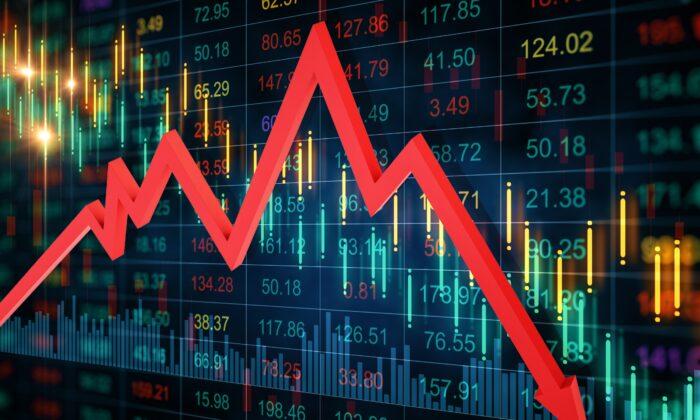Amid elevated inflation, coupled with economic and geopolitical uncertainty, many investors are turning to safe haven investments to safeguard their portfolios. These assets are believed to be capable of delivering sustained or heightened returns during market downturns or other periods of economic volatility.
However, safe haven assets tend to behave differently throughout various market cycles. And they may not always deliver stronger returns than large-cap stocks. Still, safe-haven assets could add a strong layer of diversification and downside risk to your portfolio.
Gold
Gold spiked to a record of more than $2,900 per ounce in February. The surge followed news that inflation had increased to 3 percent in January—above analyst expectations and the Federal Reserve’s 2 percent target.Moreover, gold has outperformed inflation by an average of 3 percent per year over the past four decades, according to data from the World Gold Council.
Gold has also performed well during other periods of economic turmoil. During the recession of the early 1980s, according to futures broker RJOFutures, gold rose by 46 percent, while the S&P 500 lost 27 percent. Gold also fared well during the dot.com crash between 2000 and 2002. At that time, gold increased by 12 percent, while the S&P 500 dipped by 49 percent.
However, gold doesn’t always beat the stock market in the long term.
Many financial experts believe gold holds strongest during times of major economic turbulence but slacks during most bull markets.
In other words, you may need to know when to jump in and when to jump out.
Treasury Securities
Amid stubborn inflation and a resilient economy, the 10-year treasury yield sits at about 4.48 percent. And in recent months, it has hovered close to 5 percent. This means that Treasury securities such as Treasury bonds are delivering their highest returns in years.Treasury bonds, along with Treasury notes and Treasury bills, fall under the umbrella of Treasury securities. These are issued by the federal government to fund its operations. T-bonds, T-notes, and T-bills are considered among the safest investments in the world because they are backed by the full faith and credit of the U.S. government.
When you take out a T-bond, for example, you’re essentially loaning Uncle Sam money. In return, you’ll get your money or principal back after a set period of time when the loan reaches maturity. And you’ll also earn interest.
There are three main types of Treasury securities, and they differ in regard to interest and maturity. Generally, the longer you hold onto a treasury security, the higher the interest.
Let’s look at the basics.
Interest earned on T-bonds, T-notes, and T-bills is exempt from state and local income taxes but is taxable at the federal level. These types of securities could provide a predictable and steady stream of interest income while offering a virtually unmatched guarantee on your principal. This is why they may be appealing to retirees or those nearing retirement. However, they may not deliver the same returns as large-cap stocks. Nonetheless, they could provide stability and downside risk to a portfolio.
Safe-Haven ETFs
Exchange-traded funds (ETFs) are baskets of securities such as stocks and bonds that are professionally managed. They’re generally known for low fees and diversification.CDs
Certificates of deposit (CDs) offer fixed interest rates, but you have to lock up your money for a certain period of time. CD maturities or terms generally range from three months to five years. And there are penalties for withdrawing funds early.Still, CDs are considered exceptionally safe investments. And they could provide a predictable stream of income. These are bank deposits that often pay interest rates higher than traditional savings accounts. Today, you can find CDs with competitive rates of around 5 percent for terms of about 18 months.
High-Yield Savings Accounts
A high-yield savings account can be a solid vessel for your emergency fund. Today’s top high-yield savings accounts pay around 4.86 percent interest. That crushes the national average savings account interest rate of 0.41 percent.The Bottom Line
Heightened inflation and a volatile market are pushing many investors toward safe-haven investments and fixed-income securities.There’s much to choose from out there. It’s important to understand the benefits and limitations associated with assets such as gold, Treasury securities, ETFs, CDs, and high-yield savings accounts. They could all serve a purpose in a well-diversified portfolio and sound financial plan.








